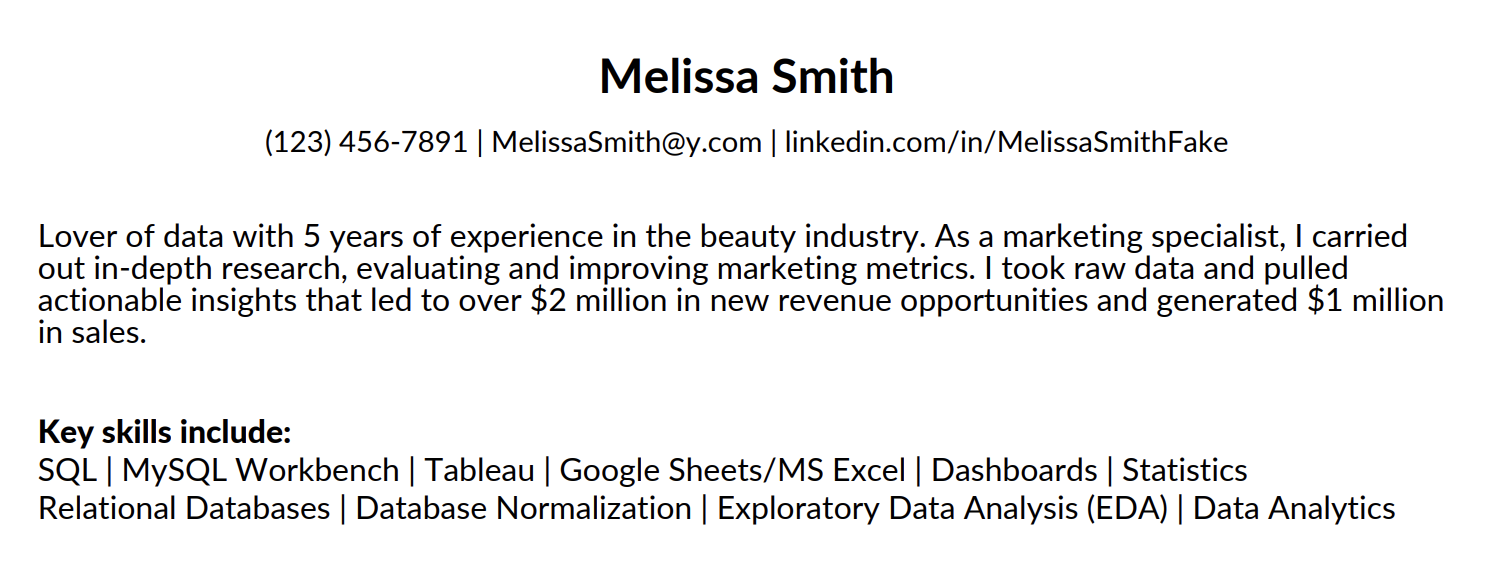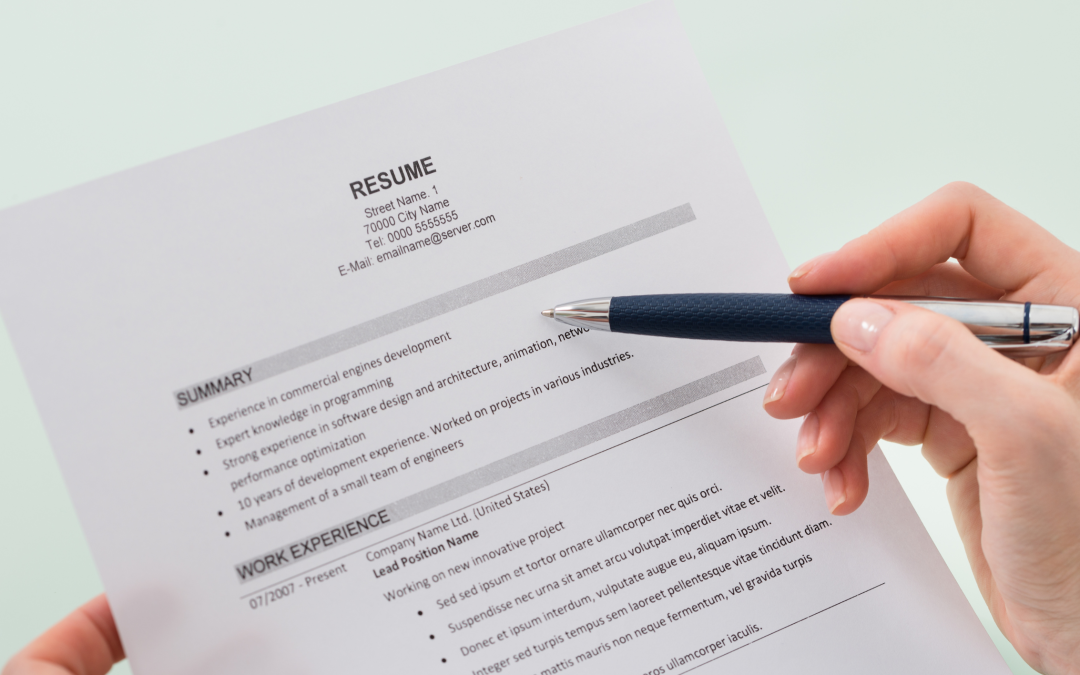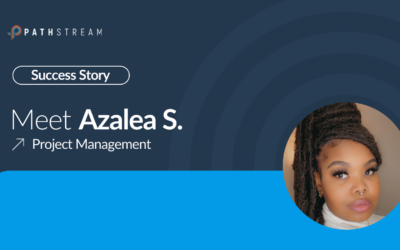Information gathering and trend analyses are the bread and butter of a data analyst’s day. Data analysts are responsible for analyzing large amounts of data and identifying hidden patterns and trends that may be used to guide strategic decision-making. While it is always their responsibility to analyze essential company data, they may use somewhat different approaches. As an entry-level data analyst, you will likely work under the direction of an experienced analyst.
Working with other analysts and statisticians, entry-level data analysts often produce reports to share their results with higher-ups, stakeholders, and managers. Sometimes, this analytical group may provide suggestions for the next steps depending on the findings of their investigation. This article will examine what companies look for in an entry-level data analyst resume.
Table of Contents
What specific things to look for in a Data Analyst job description?
What types of data software might an organization need Data Analysts to know?
What to include in your entry-level Data Analyst resume?
Key Takeaways
What specific things to look for in a Data Analyst job description?
If you’re still on the fence about whether or not to apply for an entry-level data analyst job, this guide will make the process easier. When reading a job description, pay close attention to duties, required competencies, academic background, and professional experience. Then in your resume, emphasize the benefits you can bring to the organization and ensure that your examples align with the company’s criteria in the job description. But remember: in today’s complex job market, job descriptions may be vague, and the recruiting manager may not clarify their desires.
A well-written job posting explains the nature of the position in detail and provides some background on the organization. It also includes information on compensation and perks to assist job seekers in deciding whether or not to apply. Check it out quickly to see whether it’s something you’d like to do. Also, make sure to ask yourself:
- Do you, for instance, have relevant work experience?
- Do your credentials meet the requirements?

What types of data software might an organization need Data Analysts to know?
To extract insights from a dataset, data analysts use specialized software. To find out whether the company you’re interested in working for as a data analyst needs experience with any of the following software, read the job description carefully.
Below are some types of software companies that may include in their job descriptions:
Microsoft Power BI
You can rely on Power BI for large-scale, real-time analyses of massive volumes of data. Therefore, Power BI can assist small businesses and significant enterprises dealing with vast amounts of data with their data analytics demands.
For businesses, Microsoft Power BI is a cutting-edge newcomer to data analytics. It was first released as an Excel add-in, but subsequent upgrades have transformed it into a comprehensive set of tools for analyzing organizational data in the present day. Dashboards and other forms of user-friendly visual reporting are at your fingertips. Excel, SQL servers, text files, and cloud sources like Facebook analytics and Google are just some of the formats with which it is compatible.
Tableau
Data analysts often utilize the fast and efficient Tableau application. Users have the option of generating data sheets and spreadsheets for use in presentations. To aid in the expansion of your company, you may effectively design dashboards that display pertinent data. With the right technology and software, Tableau products may function in a virtualized setting.
SAS
The Statistical Analysis System, or SAS, is a software package for statistical analysis and business intelligence. It was developed by the SAS institute in the 1960s and is still being improved. Predictive modeling, data mining, reporting, and customer profiling are a few of its present uses. The program was developed with major corporations, so it is intuitive, flexible, and powerful.
SPSS and VBA
In addition to the programs mentioned above, analysts often need a statistical analysis program like SPSS. SPSS is an excellent program for recent grads in analytics, whereas VBA is more suited to the needs of seasoned professionals. The latter is a language used in Excel and other financial analysis programs. You may use it with Microsoft Office programs like Word and PowerPoint without problems. Matlab may be used for data analysis, model construction, and algorithm development.
R
This free and open-source programming language works with multiple software, including Linux, Mac OS, and Windows. Its many graphical and statistical possibilities have made it a standard tool for statistical modeling in data analytics. Users often use it for data cleaning and generating visualizations like charts and plots. There is potential for data analysts to apply this method to learn more about fields including IT, medical, retail, and finance. You need a solid background in programming and statistics if you want to utilize this tool effectively.
Jupyter Notebooks
Open standards and open-source software are the focus of Project Jupyter, but interactive computing services are also developed as part of this initiative. Using Jupyter Notebook, programmers and data scientists can collaborate on and share documents that combine narrative text with interactive visualizations, mathematical expressions, and coding in real time. Machine learning, data manipulation, and cleaning are just some of the other uses for this notebook. Several other languages may be used with it.
What to Include in Your Entry-level Data Analyst Resume?
An entry-level data analyst may be appealing if you like working with statistics and solving complex problems. Following these guidelines will help you create a resume that will get you noticed for an entry-level data analyst position.
1. Educational background
Hiring managers looking at entry-level resumes know that the applicants don’t always have relevant work experience, so it’s crucial to highlight all pertinent coursework or degrees. For example, if you don’t have any job experience as a data analyst but have relevant education, such as a degree in a related field, you should highlight that. Likewise, you should highlight your certificates on your resume if applicable.
2. Professional skills
If space permits, please list your relevant professional abilities and job experience. If you’re looking for entry-level data analyst employment, listing some functional abilities might demonstrate to the hiring manager that you understand what’s required to thrive in this area. As data analysts are technically trained, their resumes must reflect this. Listing some soft talents might help demonstrate your capacity to operate in collaborative circumstances to the hiring manager.
3. Provide a professional summary
Write a short (two or three sentences) professional overview highlighting your most marketable skills and career aspirations underneath your contact information. For example, educational experiences and accomplishments benefit entry-level applicants since they demonstrate to a hiring manager that you can analyze data. Internships, voluntary work, and participation in student organizations are other relevant topics. See the example below:
4. Choose a professional format
Choose how your resume will look. It is essential for a resume to flow smoothly and seem excellent for the sake of the hiring manager. While writing a resume for a professional position, it is recommended that you choose a structure that enables you to incorporate extensive information and employs a legible font. Look at internet templates if you have no idea where to start.
5. Include your contact information
After deciding on a layout, you must include your contact details to make it easier for the hiring managers to communicate with you in case of any developments in your application. It is standard practice to include contact information (name, phone, email) at the top of a resume. Be careful to find out whether a potential employer needs any additional forms of identification, such as a professional portfolio, before sending it out. It is essential to double-check that you have included all the necessary information before submitting your CV.
6. Include your work history
The central portion of your resume should focus on your work experience. The hiring manager can get a sense of your professional abilities if you detail them in your employment history. It’s good to add a few paragraphs under each section that outline the primary responsibilities of each job. No prior work experience is required for entry-level data analyst positions. If you don’t have any experience that directly applies, you may talk about how your past jobs have prepared you for this one.
Download a few examples of entry-level data analyst resumes helping you get started on yours!

Key Takeaways
An entry-level data analyst may be appealing if you like working with statistics and solving complex problems. Since data analysts are in demand across many sectors, finding a job that suits your skillset regardless of your prior experience or education is possible.
These days, business in the contemporary world moves at a breakneck speed. A data analyst uses tools like spreadsheets, SQL, and Tableau, among others, to conduct in-depth data analyses to drive corporate success. Assembling the skillset of a data analyst requires proficiency in numerical analysis, graphic representation, data storage, and spreadsheets. Reading it thoroughly ensures your resume is well-aligned with the job description’s tone, keywords, and other criteria.
Resumes, skills, and job interviews are all areas in which Pathstream can assist you. You may get assistance with your job application, skills, and interview with Pathstream. Regarding professional development, our data analyst certificate program is second to none. This credential is required for entry-level data analyst positions. To help you achieve your professional objectives and get a position as a data analyst, we provide various career services, such as introductions to potential employers, guidance during the interview process, and ongoing support. You may count on Pathstream’s constant assistance during the whole process.
Was this helpful?
Thanks! What made it helpful?
How could we improve this post?









